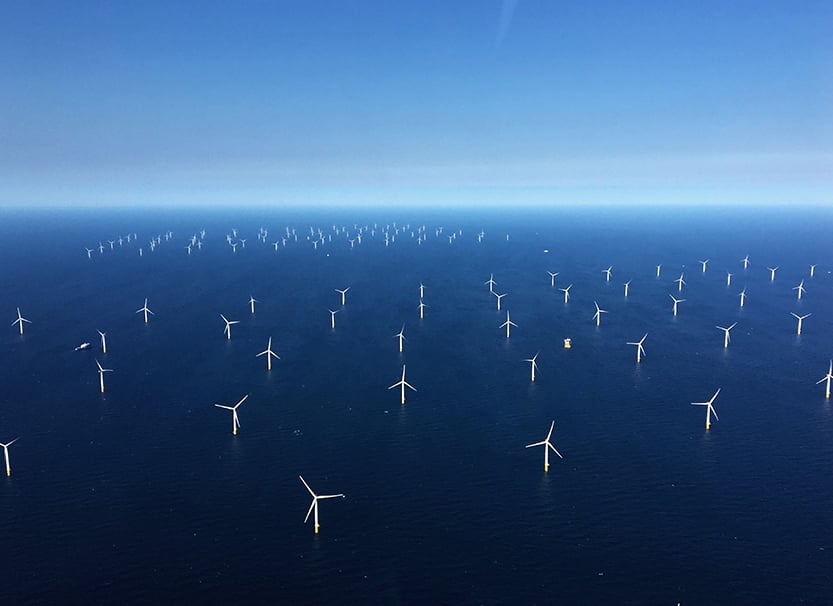U.S. EPA Updates Environmental Justice Mapping Tool for a Third Time: EJSCREEN 2.2
On June 26, 2023, the U.S. Environmental Protection Agency (EPA or Agency) announced via e-mail to its EJ ListServ the third update to its environmental justice (EJ) mapping and screening tool, EJSCREEN. EPA uses EJSCREEN to inform several Agency functions, including permitting, enforcement, outreach, and compliance.
U.S. Wildlife Agencies Propose Rules to Reinstate Longstanding Endangered Species Act Regulations
On June 22, the U.S. Fish and Wildlife Service and National Oceanic and Atmospheric Administration published a series of proposed rules pursuant to the Endangered Species Act (the Act), seeking to clarify or reverse implementing regulations issued in 2019 during the Trump administration. The agencies jointly proposed two rules—one revising Section 7 regulations, related to interagency consultations, and a second revising Section 4 regulations, related to listing decisions and critical habitat designations. The Fish and Wildlife Service independently proposed a third rule to reinstate the general application of “blanket rule” options for protecting newly listed threatened species pursuant to Section 4(d) of the Act.
Spring 2023 Agenda Previews Continued U.S. Significant Environmental Regulatory Action
On June 13, 2023, the Biden administration released the 2023 Spring Unified Agenda of Regulatory and Deregulatory Actions (Agenda). The Agenda lists federal agencies’ planned “short-term” regulatory actions to be taken over the next 12 months and “long-term” actions under development. The dates listed in the Agenda are based on publication dates in the Federal Register. Stakeholders should take note, as the Agenda provides a window into the administration’s priorities and strategies:

White House Announces New ‘Ocean Justice Strategy’
On June 7, 2023, the White House Council on Environmental Quality (CEQ) published a request for information (RFI) in the Federal Register seeking input on its planned Ocean Justice Strategy (the “Strategy”). The RFI describes the Strategy as an effort to integrate environmental justice principles into ocean-related activities of the federal government. The Strategy could have wide-ranging impacts on the development of ocean energy resources.
U.S. EPA Finalizes Rule Limiting Confidentiality Designations Under the Toxic Substances Control Act
On May 31, 2023, the U.S. Environmental Protection Agency (EPA) finalized a rule designed to tighten confidential business information (CBI) designations in submissions under the Toxic Substances Control Act (TSCA). EPA has touted this rule as providing “transparency” and providing the agency leeway to make “more health and safety data publicly available more quickly.” Given the sensitive nature of the data often provided in TSCA submission, regulated entities should carefully consider the provisions of the new rule and what steps they must take to ensure that confidential information is not subject to public disclosure.
U.S. Department of Energy Releases Critical Materials Assessment for Public Comment
On May 30, 2023, the U.S. Department of Energy (DOE) issued for public comment its draft Critical Materials Assessment. In the draft assessment, DOE characterized 22 different materials as critical, near critical, or noncritical to the nation’s energy needs based on the importance of those materials to energy applications and supply risk. DOE uses its Critical Materials Assessment — which it anticipates updating every three years — to “prioritize research and development efforts to meet the nation’s energy needs while reducing reliance on materials with high supply risk.” DOE explained that inclusion of a material on the critical materials for energy list may inform critical minerals Research Development, Demonstration, and Commercial Application (RDD&CA) Program priorities and eligibility for the Inflation Reduction Act Qualifying Advanced Energy Project Section 48C tax credits.

